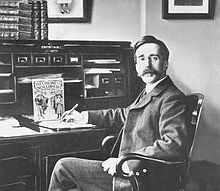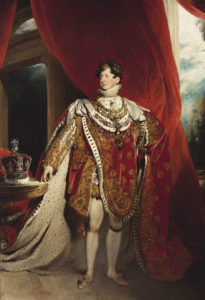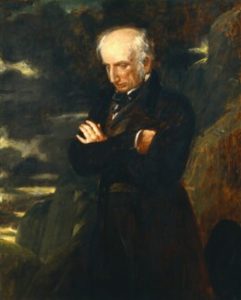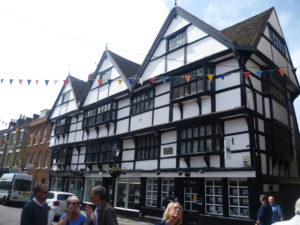A few days ago, I went to see The Enchanted Interior at the Guildhall Art Gallery, curated and developed by the Laing Art Gallery and Madeleine Kennedy, and adapted by the Guildford Art Gallery. It examined the fascination Oriental art and life in the Middle East held for Mid-Victorian to early 20th century British artists. What appears to have attracted them most was the allure of beautiful women hidden away in harems, living in a ‘gilded cage’. The exhibition is full of pictures of exotic Oriental interiors – usually in Constantinople (Istanbul) or Cairo, or somewhere similar. There are elaborately ornamental wooden grilles to keep the women safe from prying eyes; exotic, colourful Oriental carpets; maids bringing in food and drink; and – probably most the important – the women lounging on the carpets or ottomans all seem perfectly contented.

John Frederick, Life in the Harem, Cairo. 1858. The lady lounges on an ottoman, she has flowers in her lap. A female servant enters with refreshments. A eunuch follows her.
Continue reading Mid-Victorian artists’ fascination with ‘Oriental Ladies in Harems’
Please share this page...







